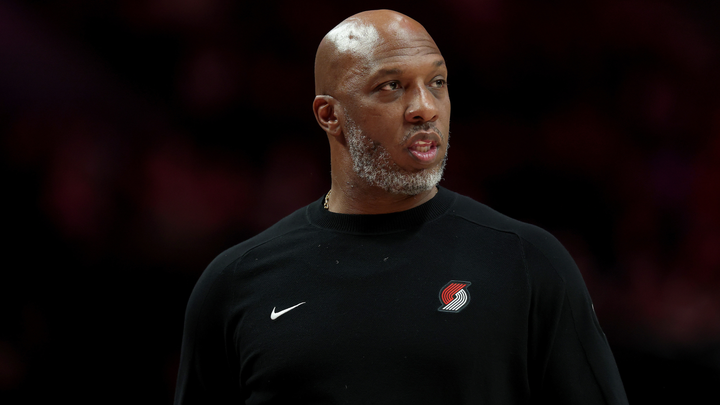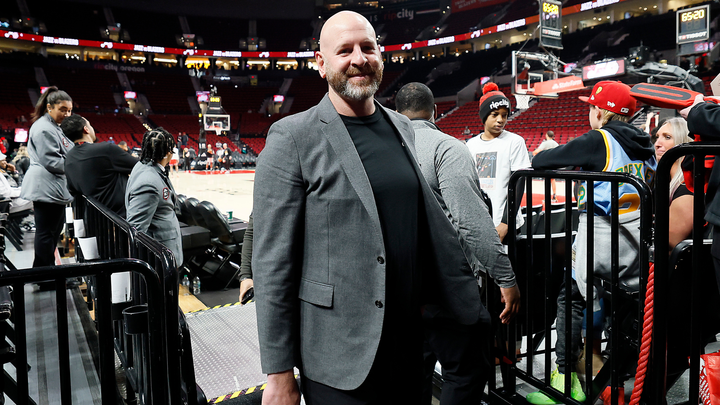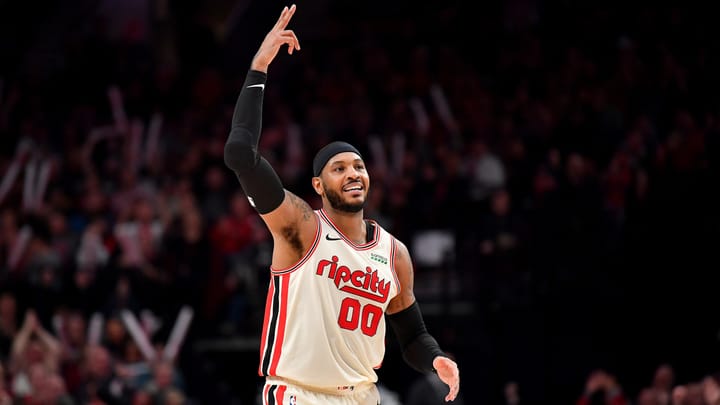Trail Blazers' Surprise Second-Half Success Shouldn't Short-Circuit Their Long-Term Plan
If they want to take the next step in the rebuild, the Blazers must learn from the mistakes of 2016.

The Rose Garden Report is a fully independent, reader-supported publication. Purchasing a premium subscription unlocks exclusive content and helps sustain the website and make the coverage of the Portland Trail Blazers the best it can be.
📍PORTLAND, Ore. — The last time the Trail Blazers were supposed to be this bad, and wound up being this good, was nine years ago.
Following Neil Olshey's draft-night trade of Nicolas Batum to Charlotte for Noah Vonleh in 2015, three-fifths of their starting lineup (LaMarcus Aldridge, Wesley Matthews and Robin Lopez) left in free agency. They retooled around a 25-year-old Damian Lillard with cheap value free-agent signings and trades for role players like Al-Farouq Aminu, Moe Harkless and Ed Davis. Their preseason over/under win total was 26.5. The plan after losing Aldridge was clearly to reset, lose a lot and use the draft lottery to put more talent around their ascendant superstar.
Lillard had other ideas.
That team outperformed their win projection by 17 games, going 43-39. Lillard made second team All-NBA, C.J. McCollum won Most Improved Player, Terry Stotts finished second in Coach of the Year voting and the Blazers got the fifth seed in the Western Conference.
Even more shocking than making the playoffs, the Blazers actually won a series. They beat the Clippers in the first round, thanks mainly to Chris Paul and Blake Griffin getting hurt. Then, they lost in a very competitive and close five-game series to the 73-win Warriors while Stephen Curry worked his way back from a knee injury he suffered in the first round against the Rockets.
The 2015-16 Blazers being that much better than anyone thought was one of the best stories in the NBA that year. They didn't get the lottery pick they went into the season wanting, but they learned that Lillard was too good to tank.
The unexpected playoff run wasn't the problem—the front office's reaction was.
They bought fully into that overachievement being the real deal. Olshey said at the time that their internal projections had them as a 54-win team when Aminu played power forward. They believed they were on the verge of contention, and spent accordingly.
That was the infamous cap-spike summer, when the Warriors were able to add Kevin Durant without gutting their rotation. The entire league lost their minds in free agency, and the Blazers were one of the worst offenders. $70 million for Evan Turner. Matching Brooklyn's $75 million offer sheet for Allen Crabbe. $40 million each to re-sign Harkless and Meyers Leonard. $15 million for Festus Ezeli, who never played a game for the Blazers and never played another game in the NBA.
Joe Cronin was not the Blazers' top decision-maker at the time (he was primarily a scout and cap guy under Olshey), but he saw firsthand how shortsighted thinking led what should have been a promising young team to completely back themselves into a corner and give themselves a hard ceiling.
If it weren't for that summer—if they'd taken a step back, realized they got a little bit lucky in the playoffs and stuck to their long-term plan—maybe they would have been able to build a true title contender around Lillard. Maybe they could have avoided the cycle of mediocrity that eventually led the franchise's all-time leading scorer to request a trade.

Fast-forward to Sunday afternoon.



